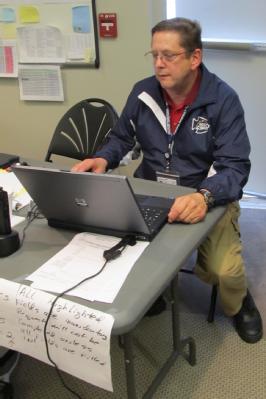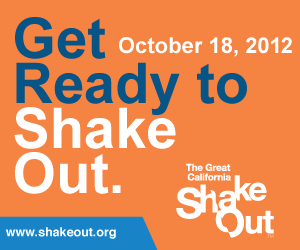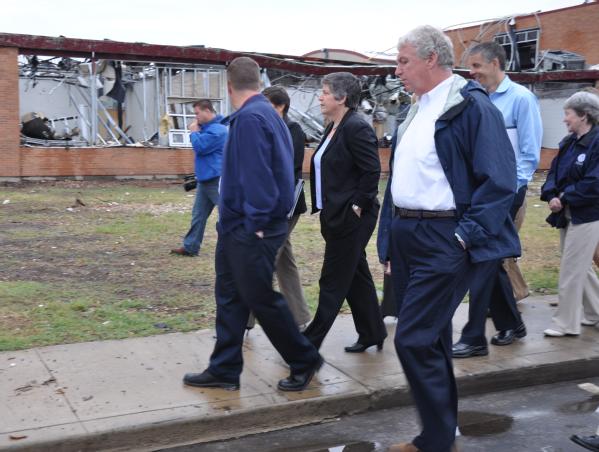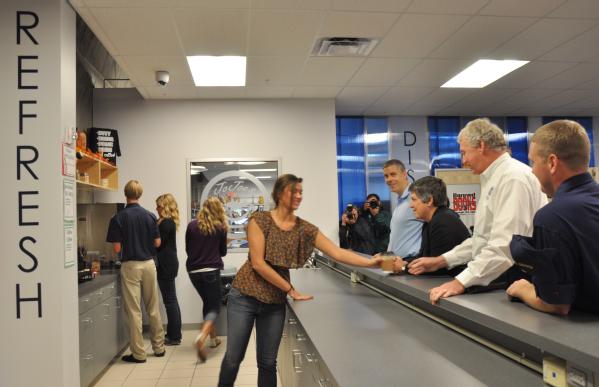Posted by: Public Affairs
Many communities across the country continue to recover from natural disasters - and members of the emergency management team are working tirelessly to support the affected individuals and communities. The photos below show this team in action in the past week – a team that includes federal, state and local government agencies, voluntary and faith-based organizations, the private sector, and concerned citizens.
For more FEMA photos,
visit our Photo Library. If you’d like to learn more about helping those recovering from a disaster, visit
fema.gov/howtohelp.
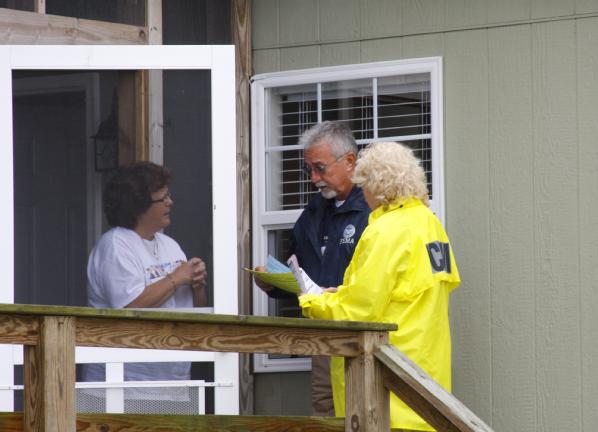
Hickory Point, NC, September 17, 2011 -- State and FEMA representatives check on a survivor of Hurricane Irene in a community that was hit by high storm surge.

Hazleton, PA, September 17, 2011 -- Laurie Buzzard and Gwen Rudacille, volunteers with Southern Baptist Disaster Relief, carry food prepared for the American Red Cross to distribute to the survivors of tropical storm Lee.
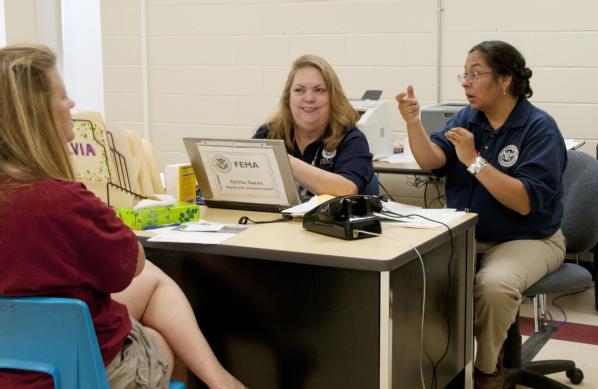
Bastrop, TX, September 17, 2011 -- FEMA Community Relations and Individual Assistance specialists work with deaf and hard of hearing survivors at a Disaster Recovery Center in Bastrop, TX. FEMA is working with local, state and other federal agencies to provide assistance to residents affected by recent fires.

S. Royalton, VT, September 16, 2011 -- Vermont Governor Peter Shumlin and FEMA Deputy Administrator Richard Serino meet with residents at the South Royalton Fire Department to answer questions regarding flooding caused by tropical storm Irene. FEMA is providing funds for both individual assistance and public assistance in Vermont.
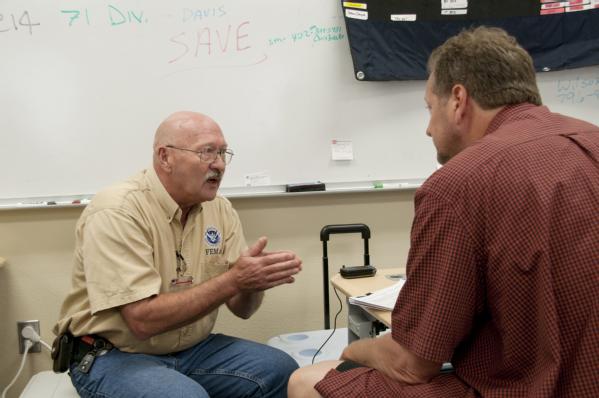
Briarcliff, TX, September 16, 2011 -- Gary Grabow, a FEMA individual assistance specialist talks to a survivor about available recovery programs in a disaster recovery center. FEMA is working with local, state and other federal agencies to provide assistance to residents of the areas affected by the recent fires.
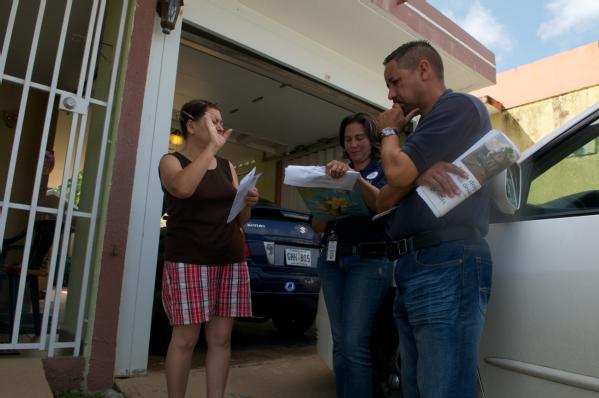
Cayey, PR, September 16, 2011 -- FEMA community relations specialists review damaged properties. FEMA community relations teams are reaching out in affected communities to get information about disaster assistance to Hurricane Irene survivors.
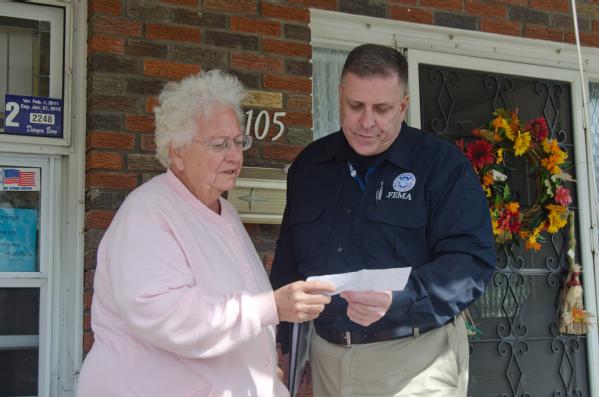
Duryea, PA, September 16, 2011 -- FEMA Federal Coordinating Officer Thomas J. McCool speaks with resident Johanna Yachna about her FEMA application. She and her sister were flooded out of their home after tropical storm Lee caused extensive flooding.

Lambertville, NJ, September 15, 2011 -- Disaster survivor Betty McCoy (center) speaks to Patricia Selby (left) and Annabelle Townson (right), FEMA community relations specialists. FEMA Community Relations Specialists visited disaster survivors "door-to-door" in Lambertville after much of the city was flooded due to the effects of Hurricane Irene on August 28.
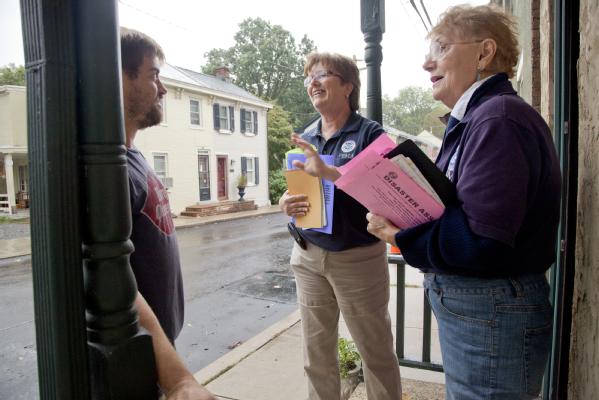
Lambertville, NJ, September 15, 2011 -- Disaster survivor Brian Keyes listens to FEMA Community Relations Specialists Patricia Selby and Annabelle Townson explain FEMA assistance programs as they hand out FEMA fliers to disaster survivors "door-to-door" in Lambertville.
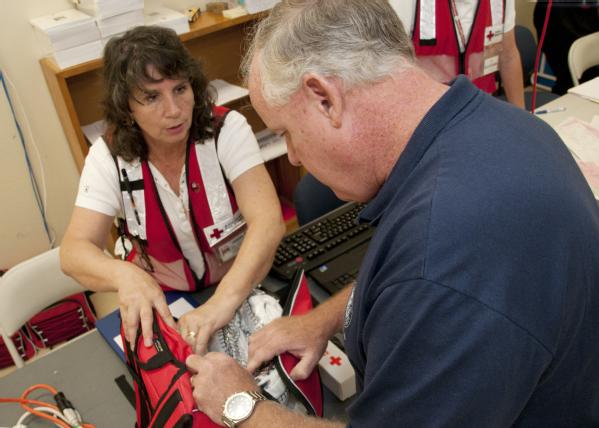
Bastrop, TX, September 14, 2011 -- Kevin L. Hannes, FEMA Federal Coordinating Officer, inspects an emergency relief kit being given to survivors by the American Red Cross at the Disaster Recovery Center. FEMA is working with local, state and other federal agencies to provide assistance to residents affected by recent fires.
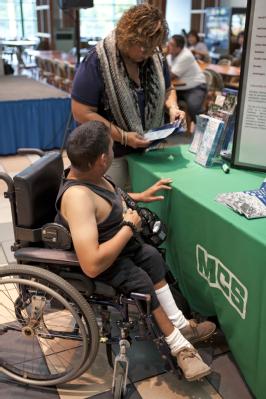
Vega Alta, PR, September 14, 2011 -- Iris Delgado from the National Flood Insurance Program provides information about the program to a disaster survivor at an outreach activity. Having flood insurance is another way FEMA encourages people to get prepared before a disaster strikes.
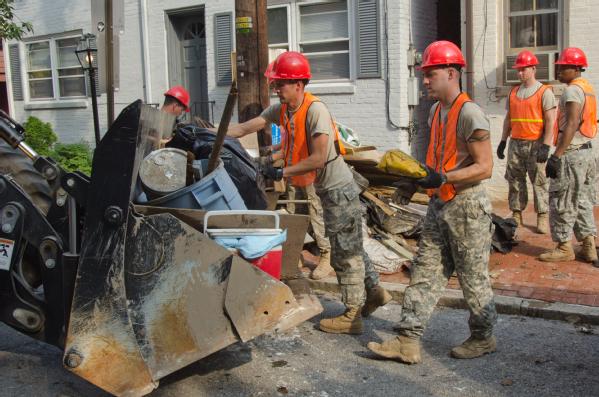
Harrisburg, PA, September 14, 2011 -- Cleanup continues along Front Street in the Shipoke neighborhood after the remnants of tropical storm Lee dumped 13 inches of rain and flooded homes up and down this street. FEMA is providing assistance to individuals and business owners in several Pennsylvania counties due to flooding from the remnants of tropical storm Lee.
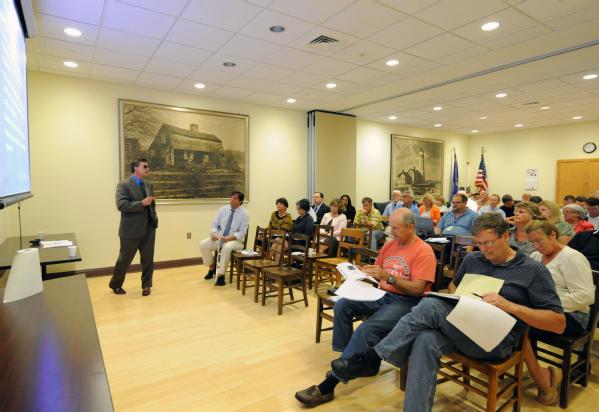
Old Saybrook, CT, September 14, 2011 -- Members of state and local government and qualified non-profit agencies attend a Public Assistance Applicant briefing. The briefings are conducted with Connecticut's Department of Emergency Management and Homeland Security and FEMA to give local officials information about available assistance from the state and federal governments.
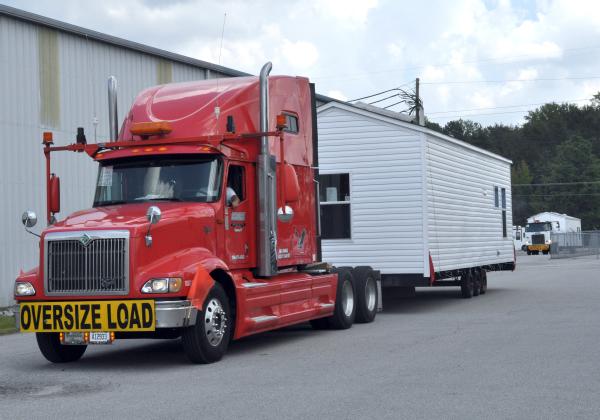
Rocky Mount, NC, September 13, 2011 -- Temporary Housing Units begin to arrive in North Carolina. FEMA supplies these units for up to 18 months to families who cannot return to their homes and have no other temporary housing.
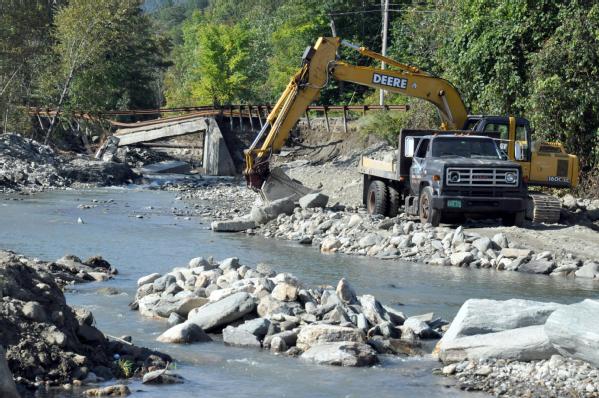
Barnard area, VT, September 12, 2011 -- One of the many bridges in Vermont destroyed by torrential rains and flash floods in August and September. Tropical storm Irene dumped as much as 11 inches of rain in some areas of Vermont. The state of Vermont is working with FEMA to repair bridges and roads.





